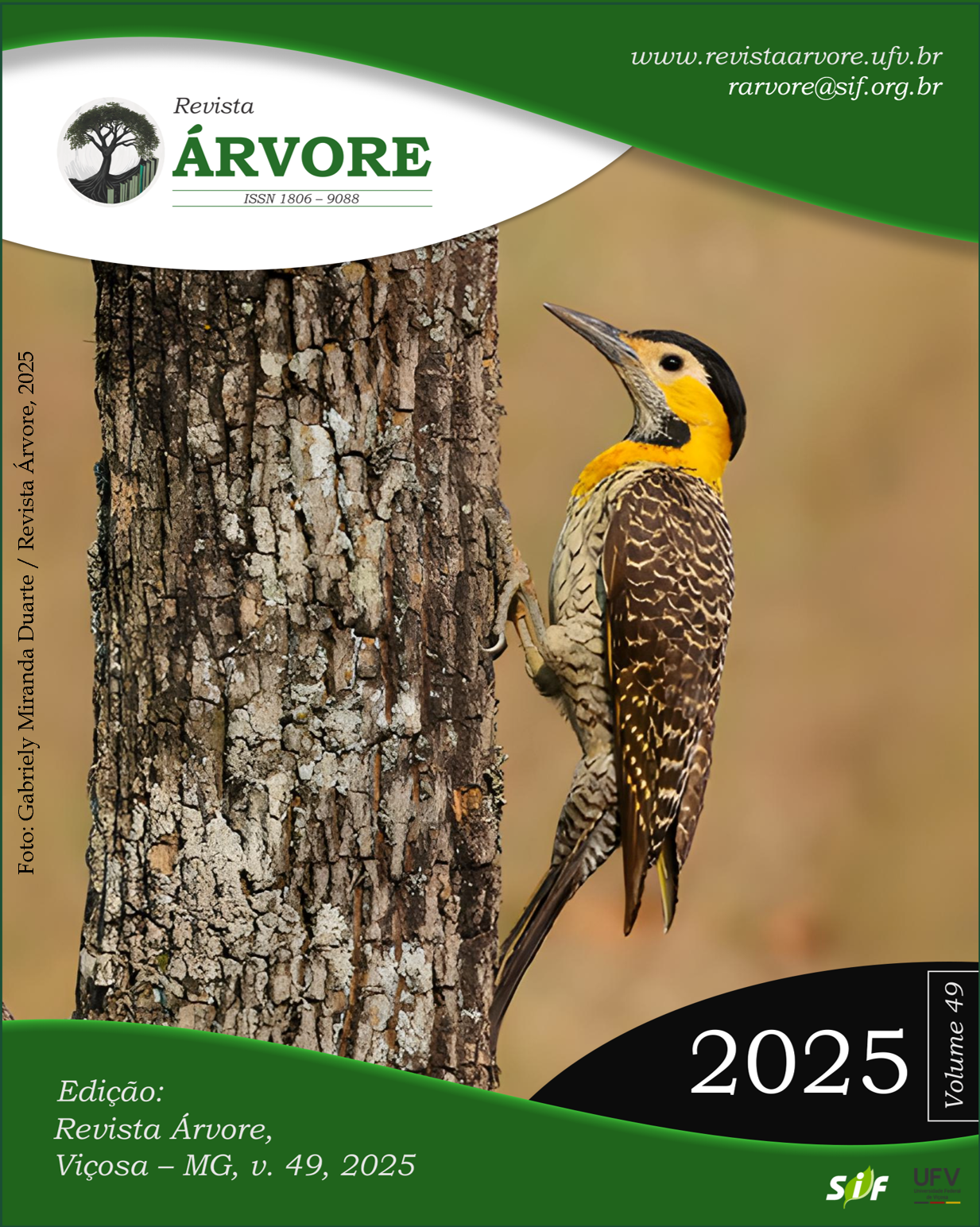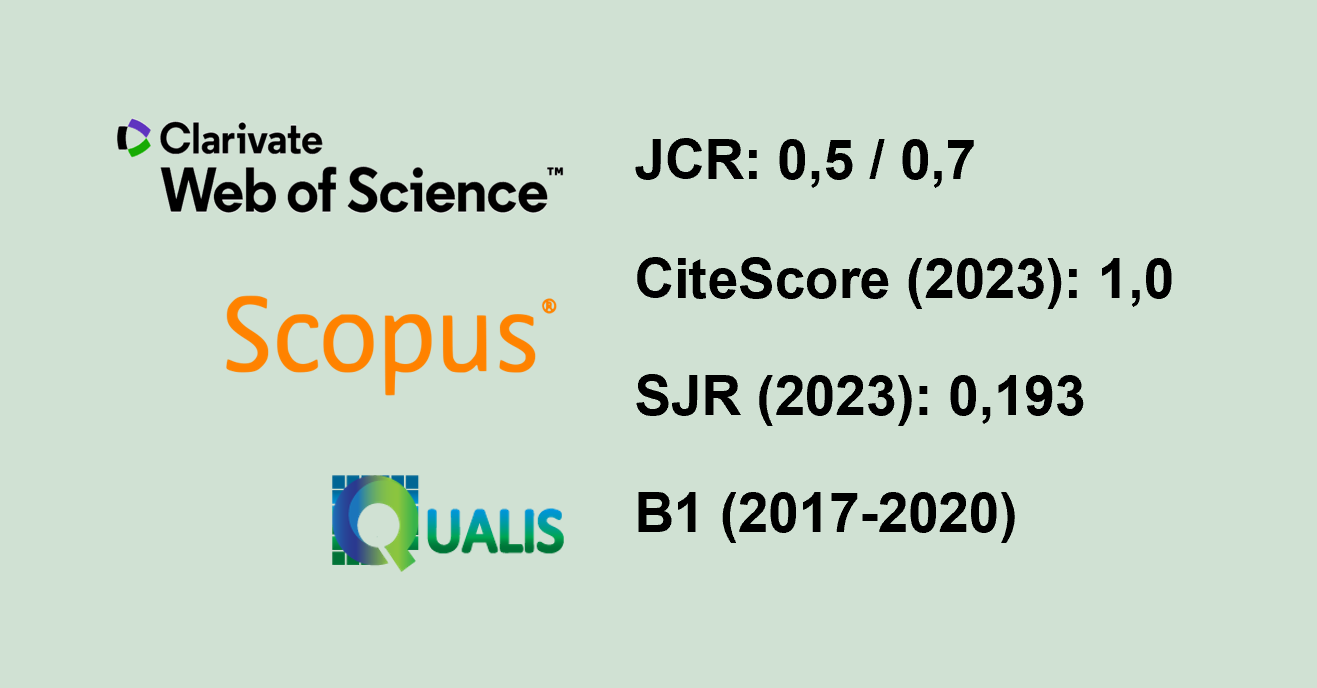Firewood quality of Eucalyptus spp. clones for agroindustry supply in Mato Grosso, Brazil
DOI:
https://doi.org/10.53661/1806-9088202549263901Keywords:
Energy clones, Combustion, Renewable energyAbstract
The use of renewable energy sources from biomass has been increasing in the agricultural sector, with a focus on wood produced from eucalyptus plantations. Given the economic significance of the state of Mato Grosso, Brazil, this study aimed to evaluate the energy potential of different eucalyptus clones planted in the state, with an emphasis on their use in agroindustry. Three trees were selected from each of eleven different eight-year-old genetic materials in a clonal test located in Tangará da Serra, MT. The bark percentage, basic density, higher heating value, and both elemental and structural chemical composition of the wood were determined. A cluster analysis was then performed. Additionally, a case study was conducted considering firewood consumption and costs for drying corn and soybeans. The bark percentage ranged from 5.00 to 11.04%. Basic density varied from 478 to 588 kg.m⁻³, with significant differences among the three groups formed; the best-performing clones had values approximately 6% higher than the others. Higher heating values ranged from 4,609.33 to 4,743.67 kcal.kg⁻¹. Total lignin content also varied between clones, with one group standing out by ranging from 27.81% to 29.76%. Total extractive content ranged from 3.72 to 7.76%. The average energy density was 2.50 Gcal.m⁻³, with no significant differences between the clones. Cluster analysis identified two main groups. The evaluated eucalyptus clones showed satisfactory characteristics for energy use, with clones 1, 4, and 10 standing out. The use of eucalyptus clones with superior energy properties can reduce wood consumption for drying grains such as soy and corn by up to 20%.
Keywords: Energy clones; Combustion; Renewable energy
Downloads
Published
How to Cite
Issue
Section
License
Copyright (c) 2025 Revista Árvore

This work is licensed under a Creative Commons Attribution 4.0 International License.
All authors agreed to submit the work to Revista Árvore and granted the exclusive license to publish the article. The authors affirm that it is an original work and has not been previously published elsewhere. The scientific content and opinions expressed in the article are the sole responsibility of the authors and reflect their opinions, not necessarily representing the opinions of the editorial board of Revista Árvore or of the Society of Forest Investigations (SIF).








